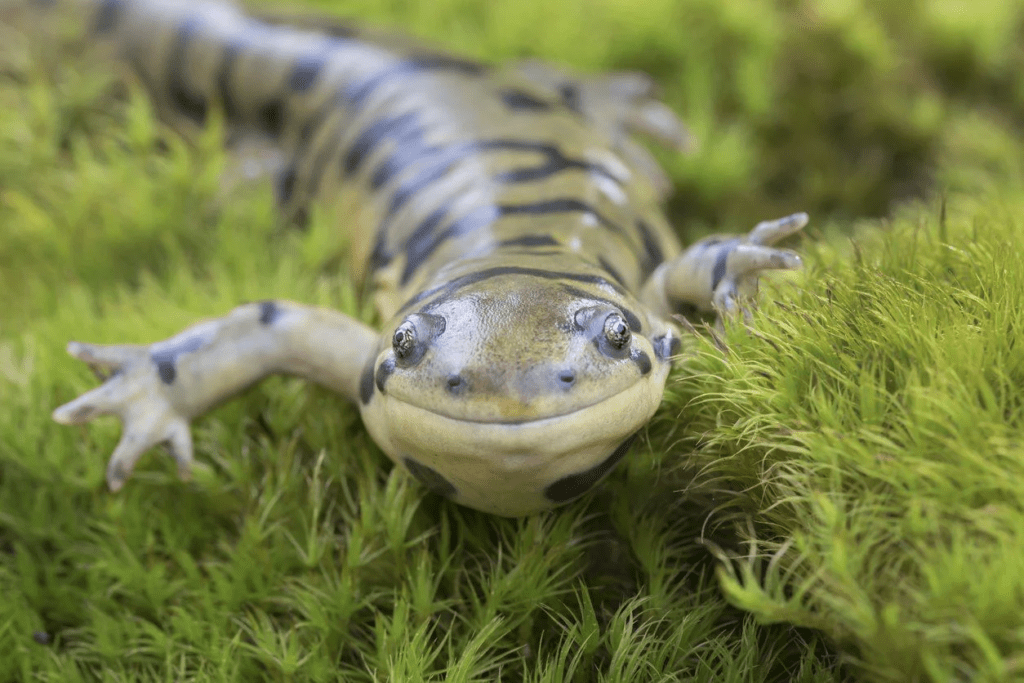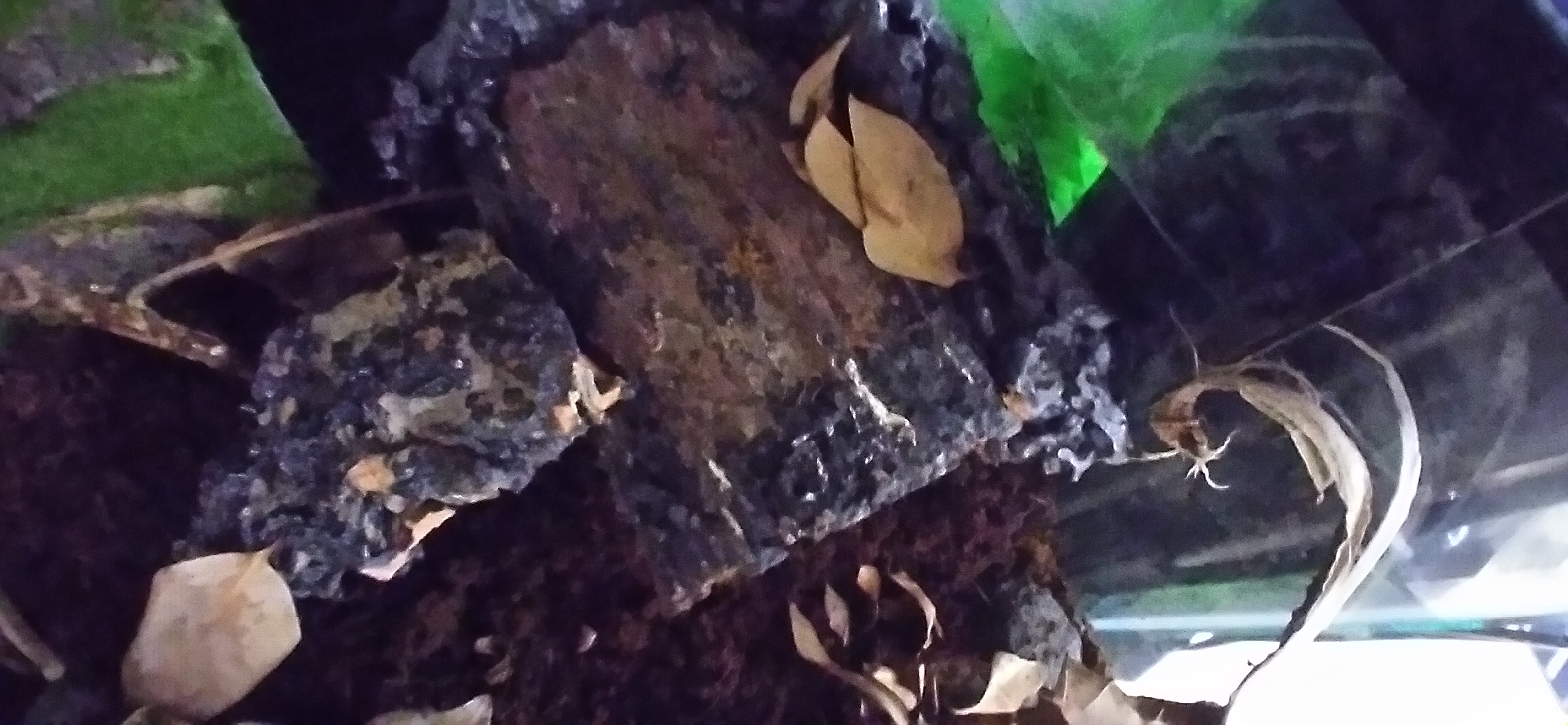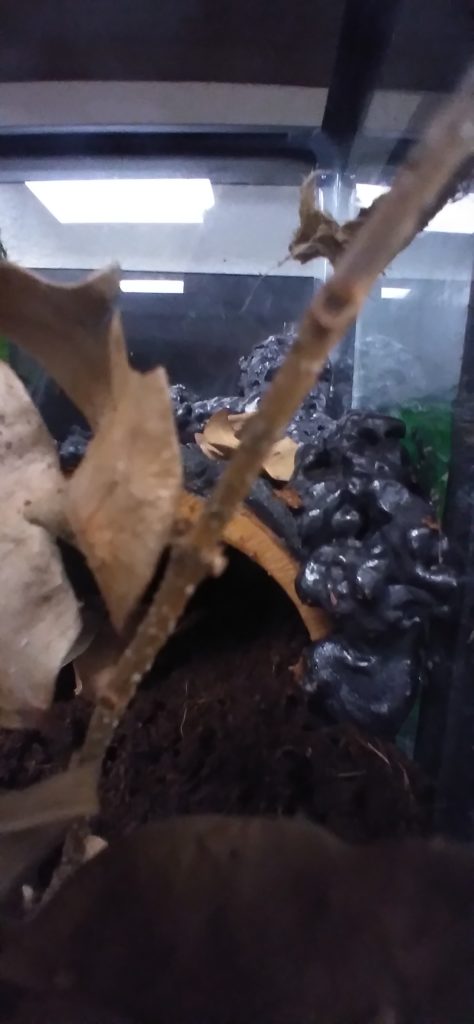Not-So-Rough Reptiles
Event Location: Cocoa-FL
Competition: Critter Comfort Cottage
Division: 6-8
School: Pershing K-8
Team Size: 3
School: Pershing K-8
Team members: Shaun M, Austin D, Adrian
Grade: 6th grade
Animal: Tiger Salamander

Facts about Tiger Salamanders
-One of the longest salamanders in North America
-They are nocturnal
-It ranges from Texas to Canada
-They do not have teeth
Materials
We are using dirt sediment and mountainous rocks. We are using an all-natural piece of driftwood and a piece of mossy thin background. and we are using a drying black foam that can dry and we can cut to shape. We are using a recycled humidifier using a plastic bottle and a re-used fish filter and aerator and air stone and also a plastic tubing.
Help We Received
We received help from our teacher, Mrs. Febres. She allowed us to use some of her old pet supplies since this cage will be used for a future pet.
We also visited these website for information:
Video




Critter Test
We did not have a live tiger salamander to test as this will be a future classroom pet. However, based on our research, we think this will be a good habitat for a tiger salamander because….(We will be getting a grown salamander so we don’t need an aquatic set up for the larval stage.)
- Adult salamanders regularly burrow underground. We have provided a soil that allows for them to dig. (Eco Terra Earth, sphagnum moss and leaf litter). It also holds in moisture which salmanders need.
- We are using a spray bottle to mist the tiger salamander. We will use dechlorinated water. We have a DIY humidifier that will be used at night.
- We added springtails to help with waste as tiger salamanders produce a great deal of waste. We know we will have to clean the tank frequently.
- We have provided some areas for the tiger salamander to hide. It has a cork hide which will allow the salamander to retreat if it gets to light or noisy.
- We aren’t using an heat lamps, etc. because they like a temperature between 65 and 75 degrees Fahrenheit. Our classroom is in this range.
